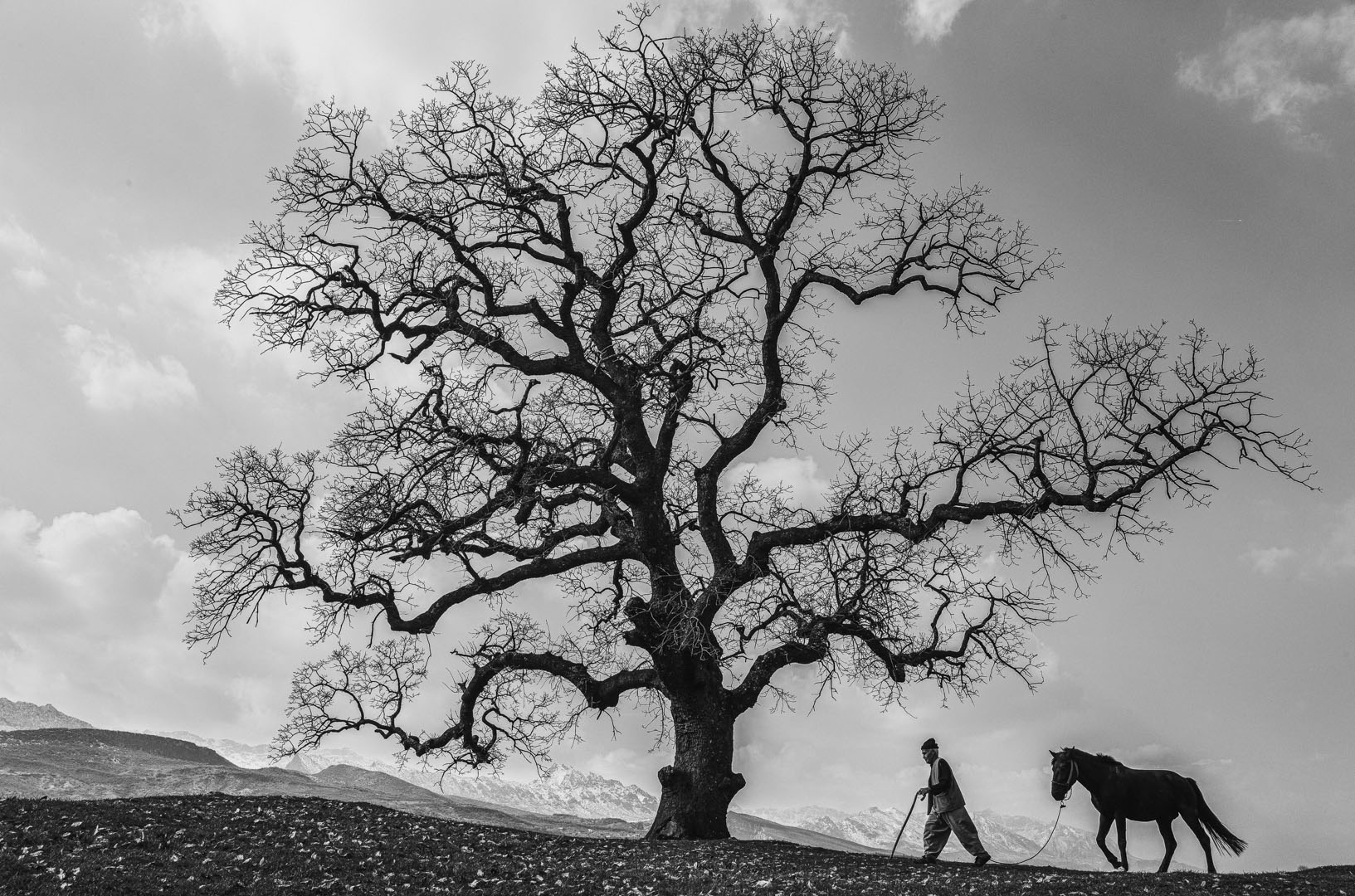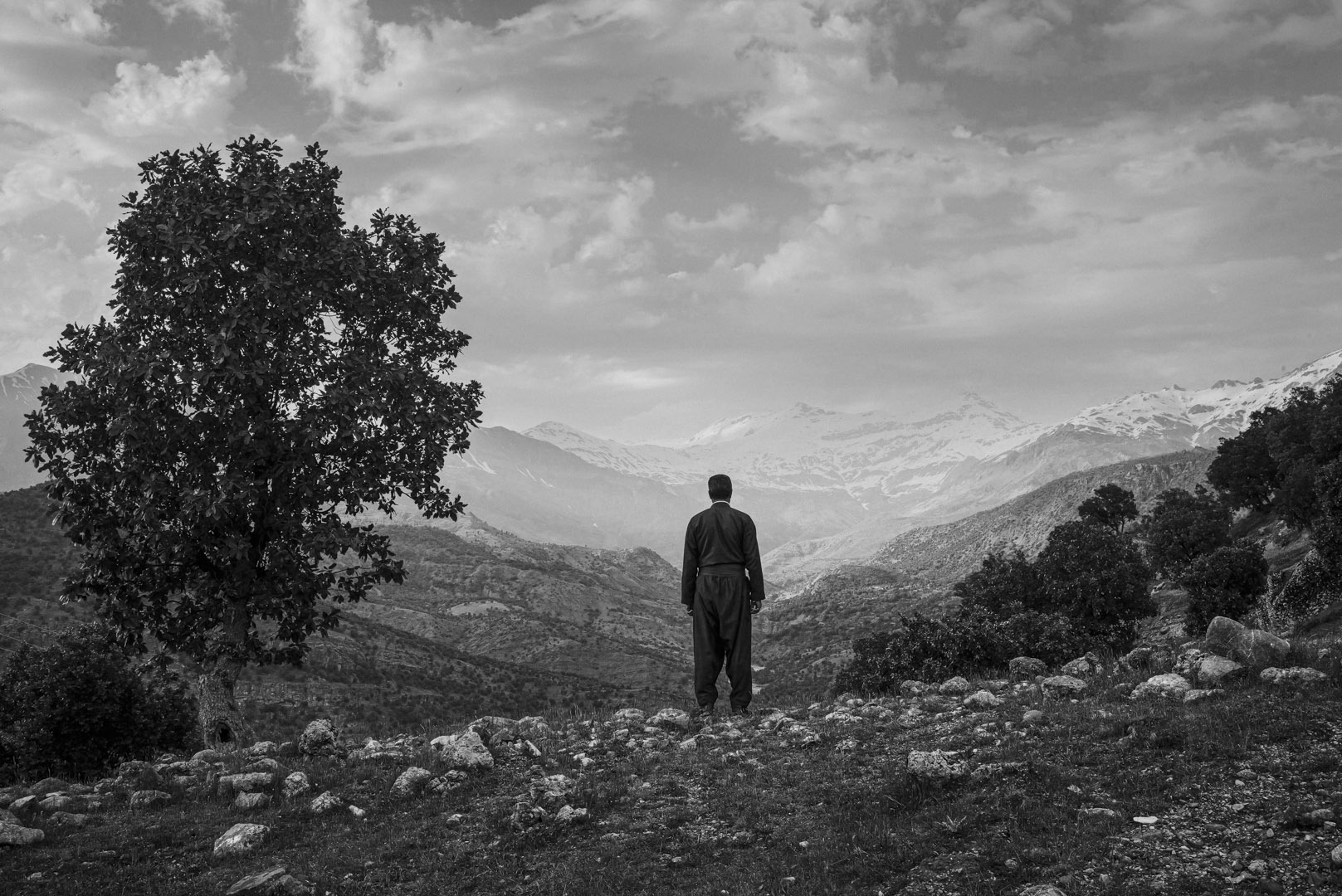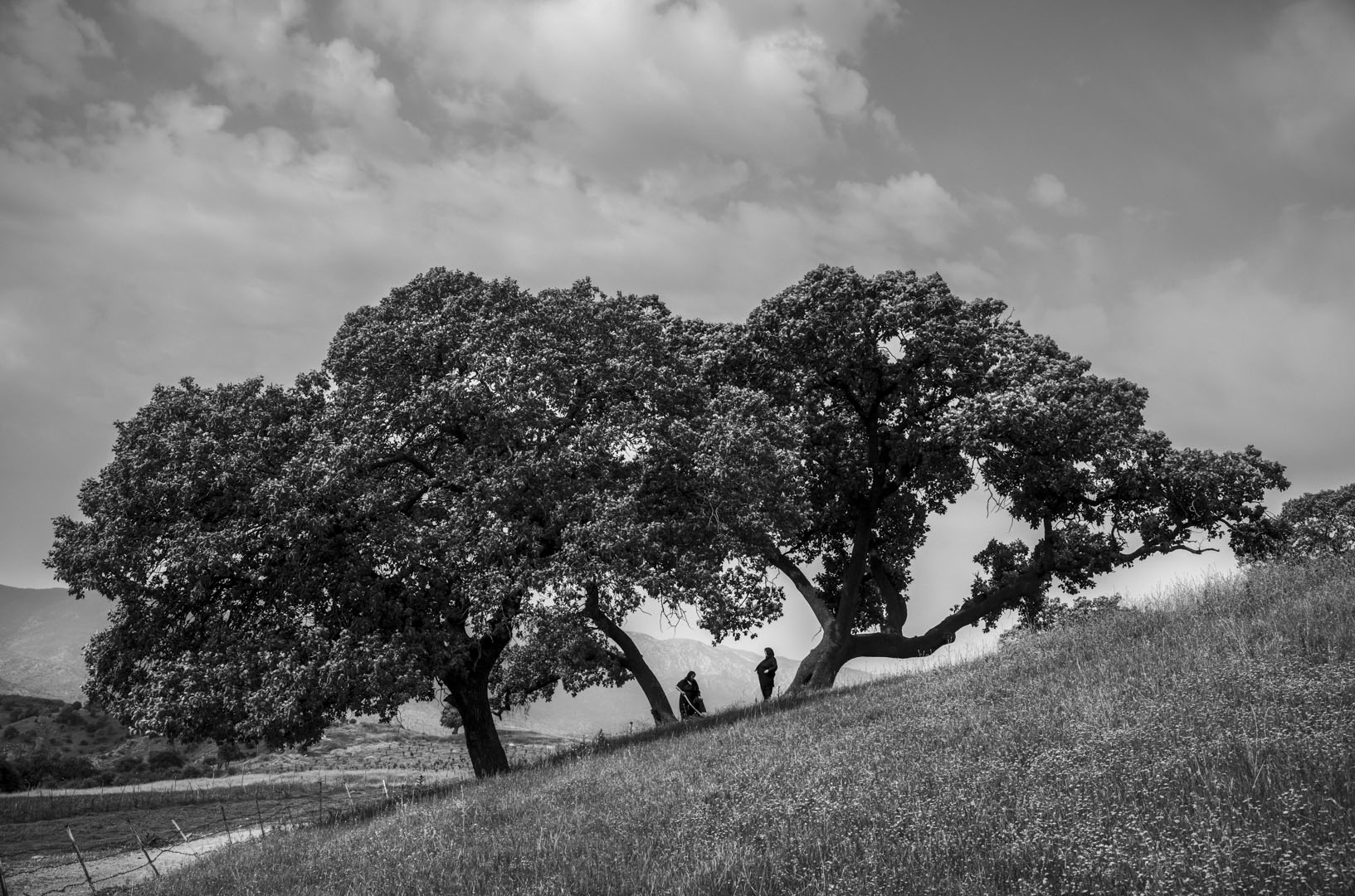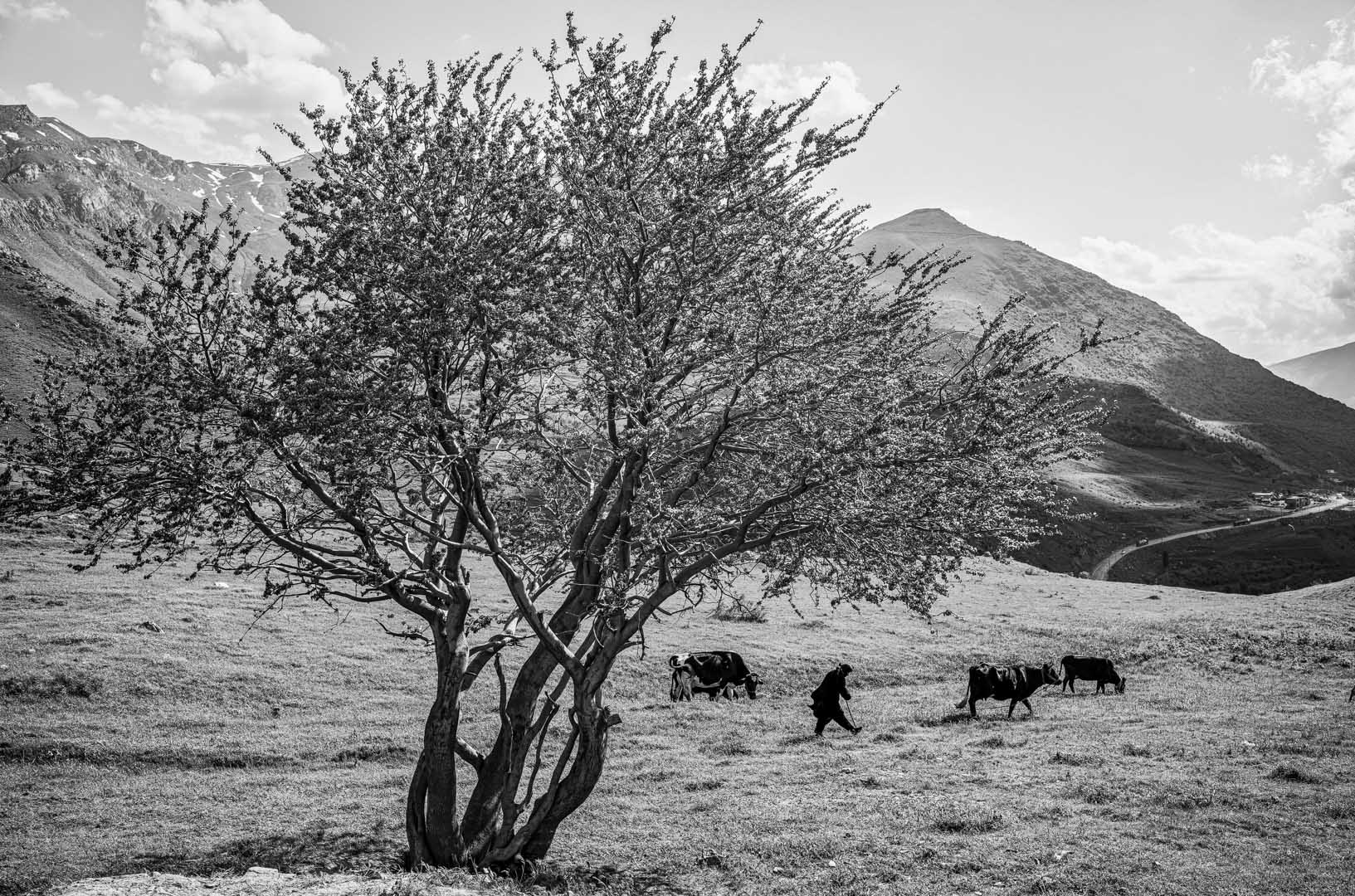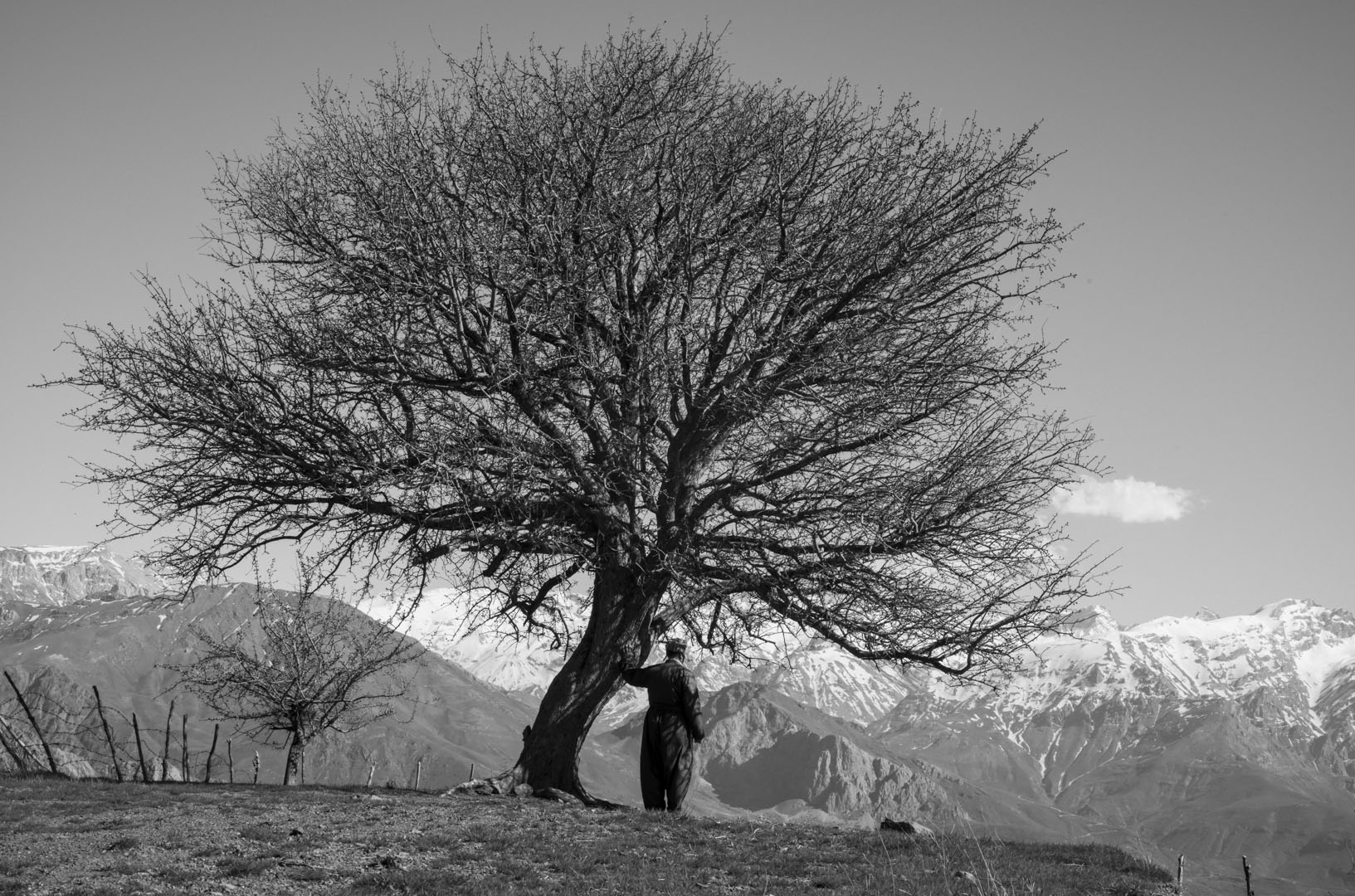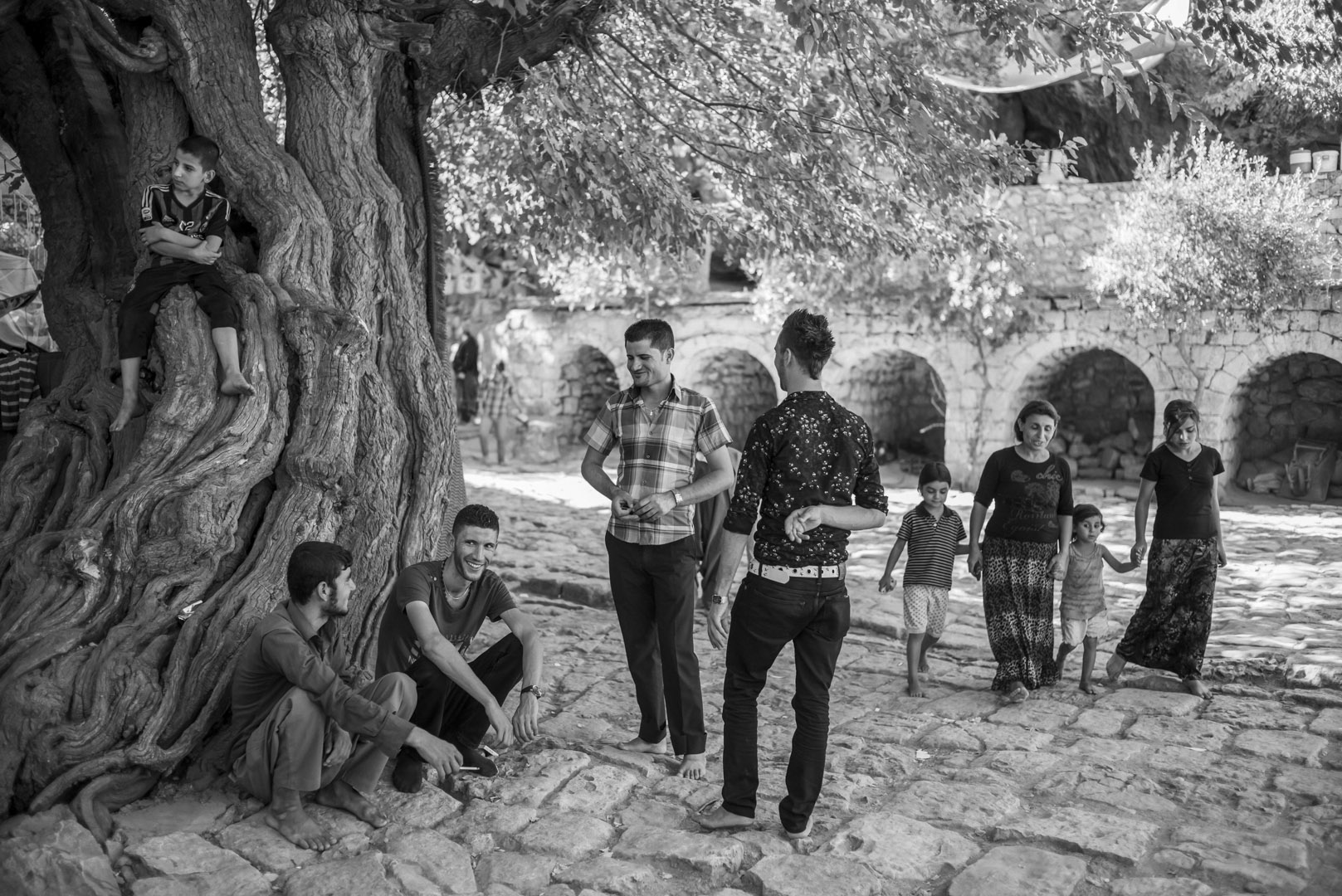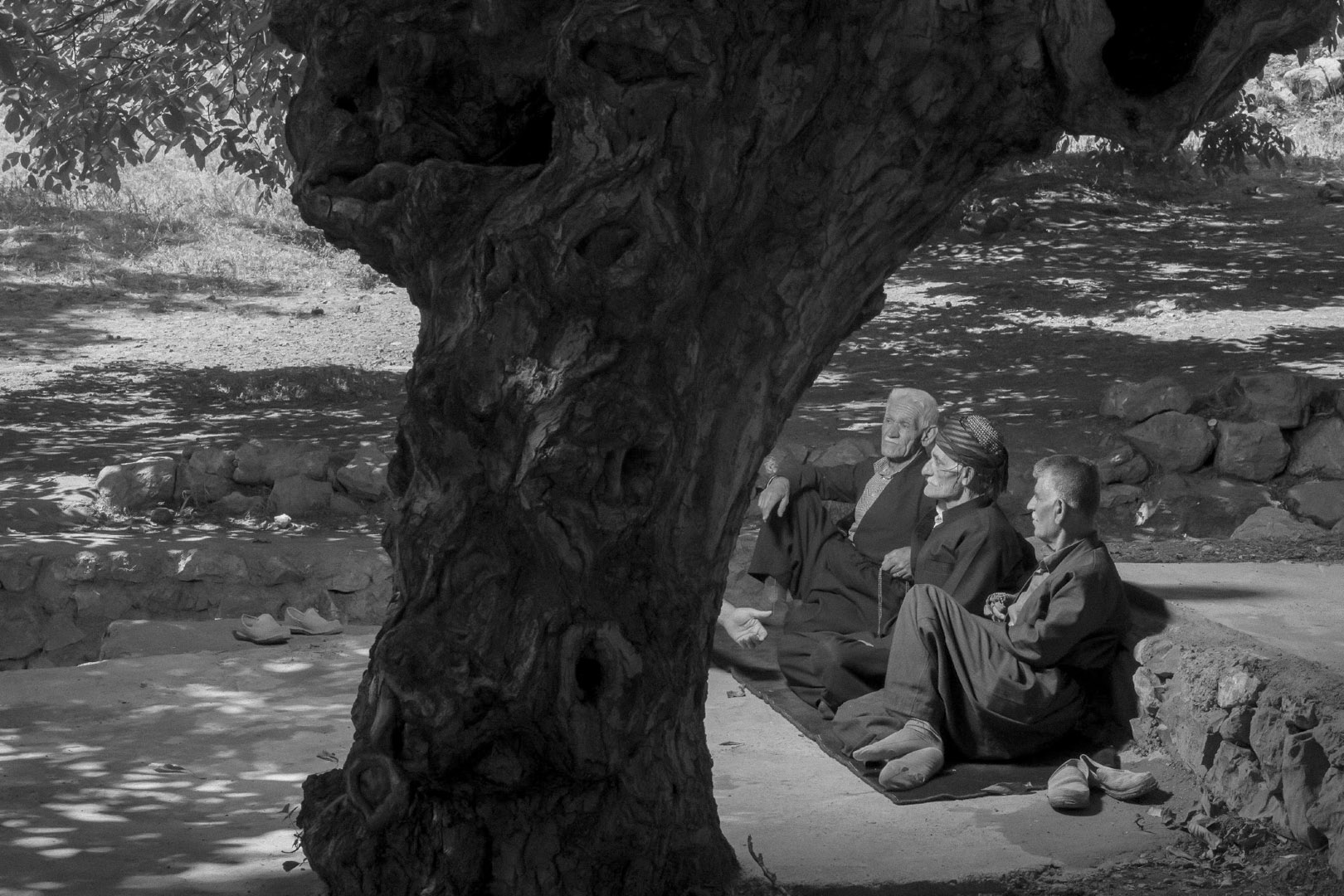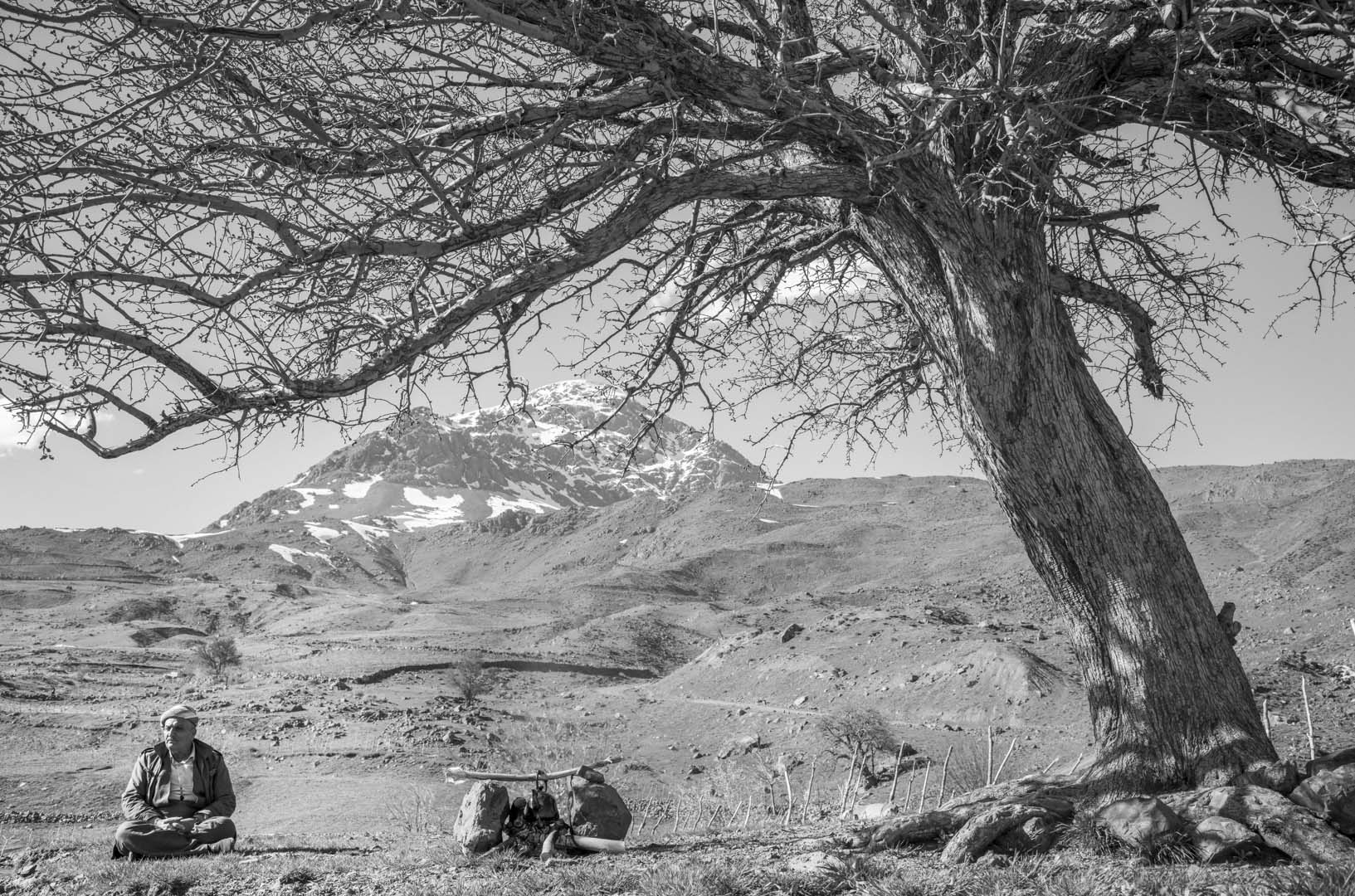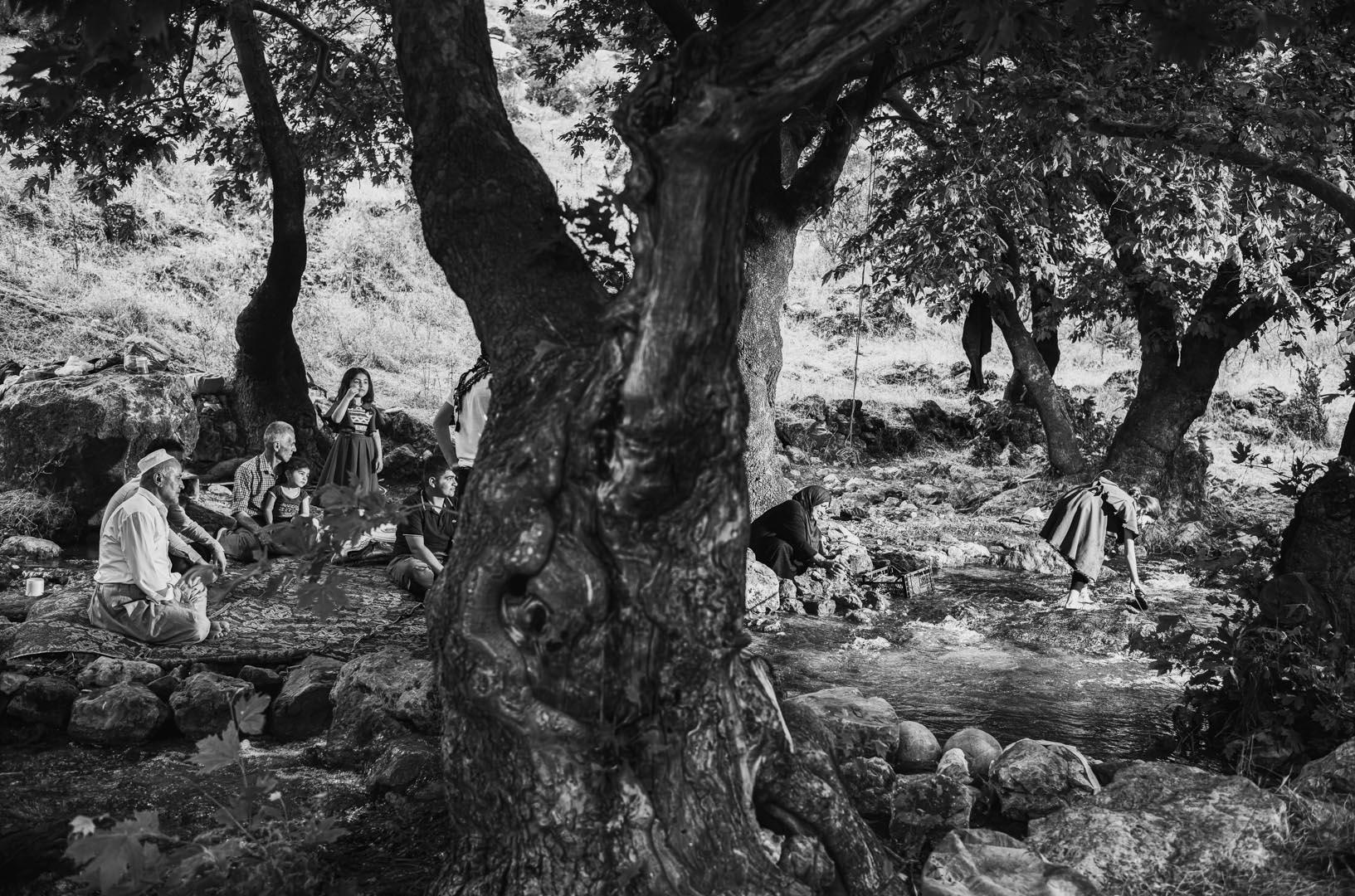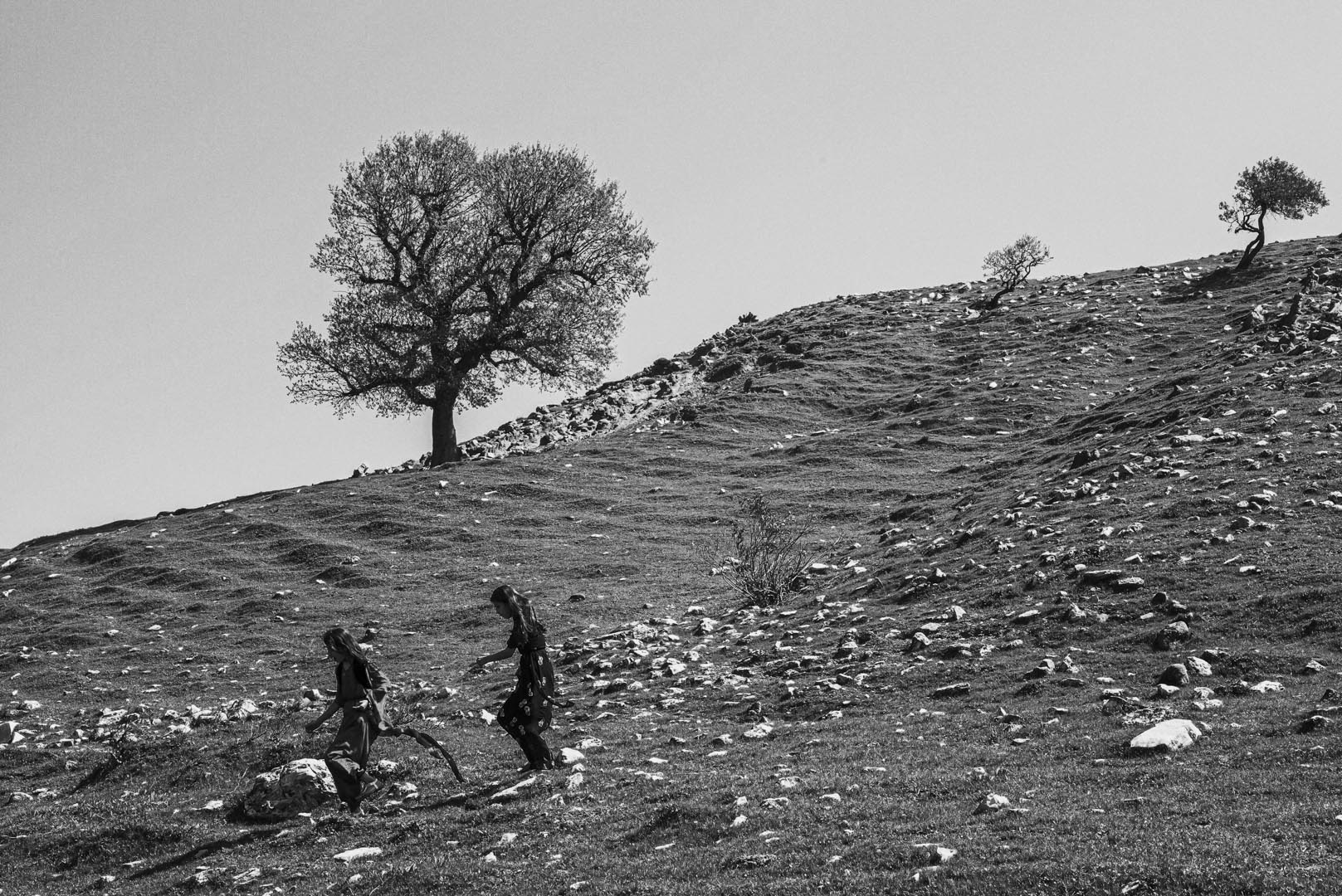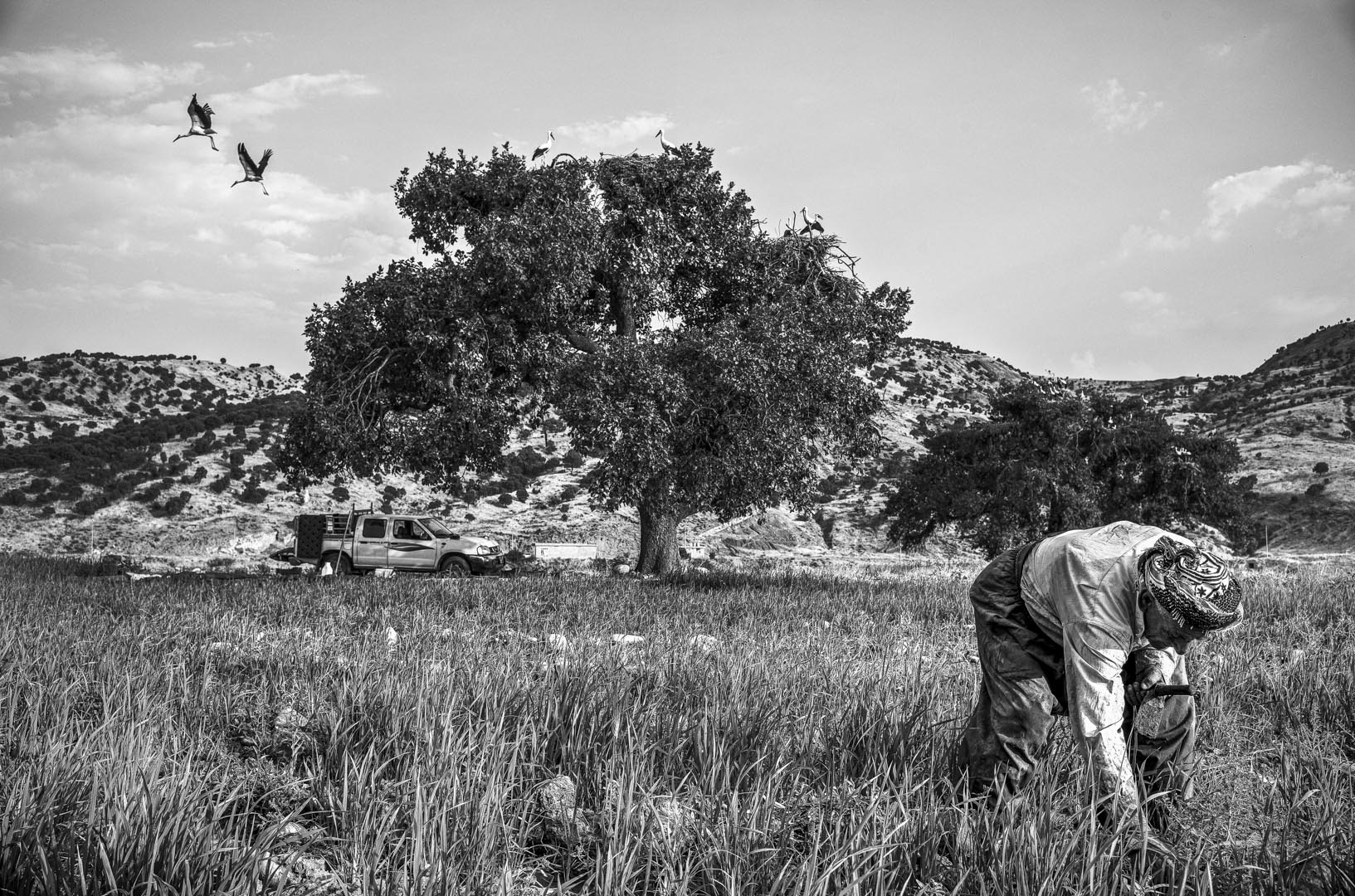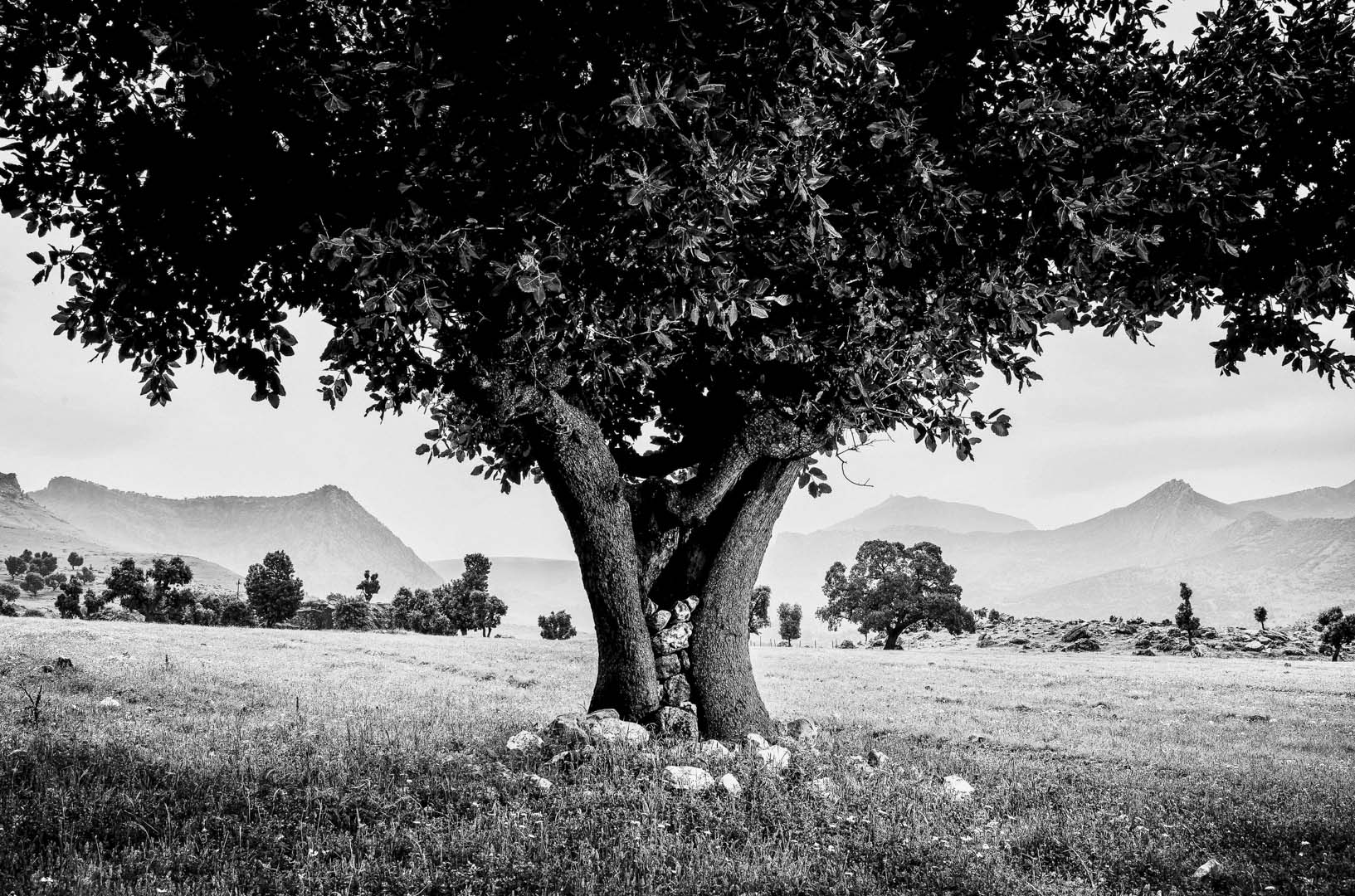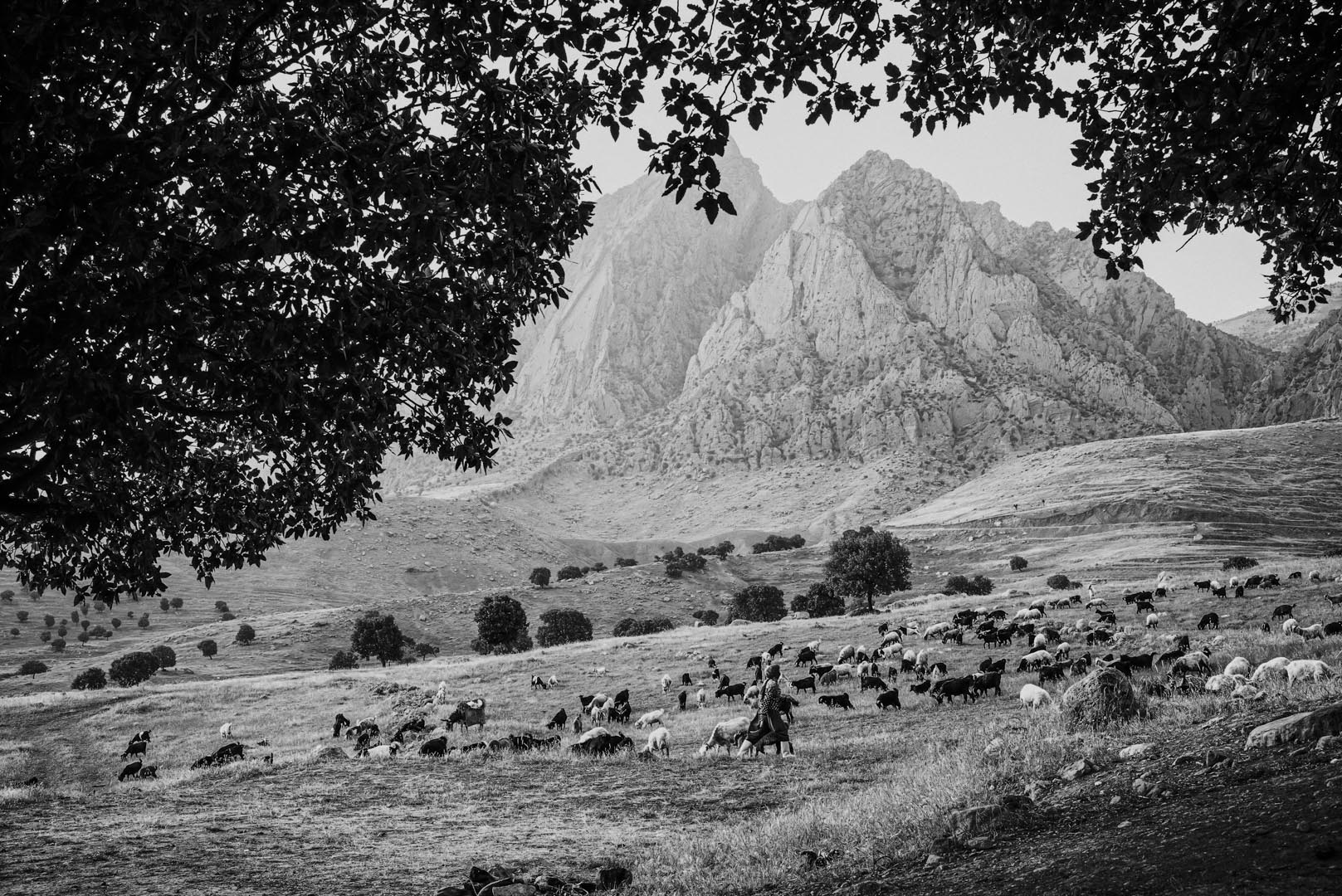Kurdistan, life under trees
In the north of Erbil, in the Barzan valley, in the surroundings of the town of Aqra, or in the first foothills of the Zagros mountains separating Iraq from Iran, close to the lake of Dukan, the autonomous region of Iraqi Kurdistan has little to do with the other regions of the country, administered by the central government in Baghdad.
The region is mountainous, and although it offers a good hiding place for the forces of the PKK, Baghdad’s ally against the Islamic State (but considered a terrorist organisation on the Turkish side), it also shapes the relationship between men and nature.
Here, each tree has a story, and each village maintains its myths and legends around its trees. In each village, a tree is used as a meeting place. The branches of the barous (the big Kurdish oaks) offer huts and swings to children when families gather for picnics or for Newroz (the Kurdish New Year).
And the elders remember the names of the shepherds who originally planted these trees to provide some coolness under the leaves during the long days of work.
Yet bombings and illegal felling are endangering Kurdistan’s trees and the centuries-old traditions linked to them. Since 2014, Kurdistan has reportedly lost 20% of its vegetation.
Hiên Lâm Duc has been going to Iraqi Kurdistan for 30 years now to witness the great changes in the region. He has thus established intimate links with the inhabitants and has been able to document the fabulous radiance of the trees of Kurdistan during his numerous trips.
